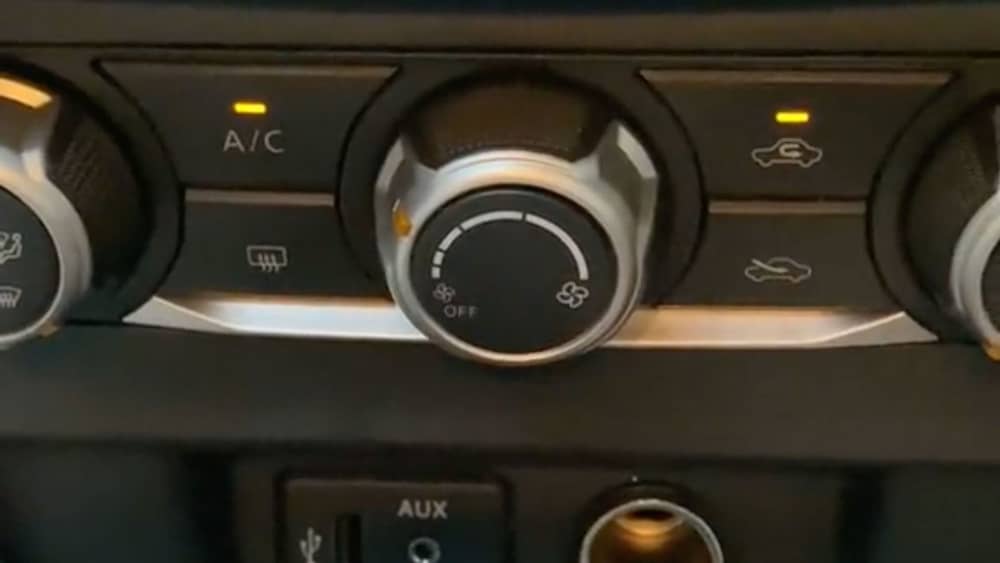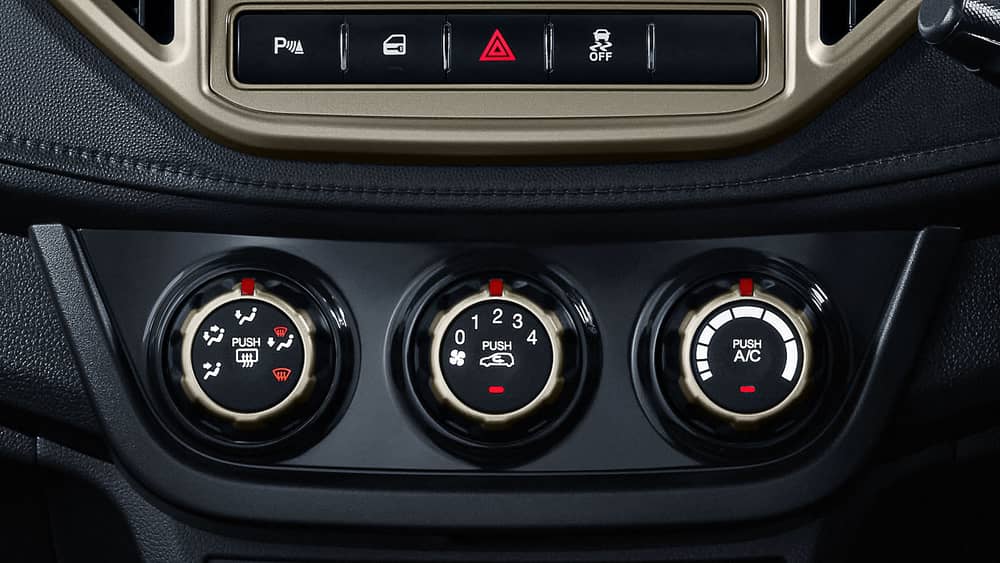The air recirculation system in the car is an important feature that offers a comfortable and healthy driving experience. A faulty automotive air recirculation system, on the other hand, can cause a slew of problems for both the driver and the passengers. So, what should you do if your car’s air recirculation system fails?
In this case, it is critical to investigate the causes of the air recirculation system’s failure. This malfunction could be caused by a number of circumstances. Identifying and resolving these problems as soon as possible might assist to avoid discomfort caused by environmental pollution, odors, or allergens entering the car interior.
In this article, we’ll look at some of the most prevalent reasons for automotive air recirculation system problems. In addition, we discuss various troubleshooting procedures and the need for regular maintenance. This ensures a smooth driving experience for all passengers.
Reasons For Car Air Recirculation Not Working

A faulty automotive air recirculation system can be caused by a number of underlying issues that impede its correct performance. Some of the most typical reasons why the automobile air recirculation system may not be functional are as follows:
Faulty Cabin Air Filter
A blocked or dirty cabin air filter is one of the most common causes of a faulty air recirculation system. The cabin air filter is responsible for preventing dust, pollen, and other impurities from entering the vehicle’s cabin. The filter gathers junk over time, obstructing airflow and lowering the efficacy of the recirculation system.
Defective Recirculation Button or Switch
A button or switch on the car’s control panel allows the driver to activate the air recirculation system. If this control part fails or has electrical problems, the system may not function properly.
Malfunctioning Blower Motor
The blower motor is in charge of transporting air through the ventilation system and into the cabin. If the blower motor fails or stops working entirely, the recirculation system’s efficiency suffers.
Damaged Air Ducts or Vents
The air ducts and vents in the vehicle’s HVAC system might get damaged or clogged, obstructing adequate air flow. Blockages in the ducts can prevent recirculated air from reaching the cabin, limiting the system’s efficacy.
Electrical or System Malfunctions
To regulate numerous operations, including air circulation, modern automobiles use complicated electronic systems. The air recirculation process can be disrupted if there are electrical failures or problems with the system’s control unit.
Low Refrigerant Levels
Low refrigerant levels in cars with air conditioning systems can interfere with the effective operation of the air recirculation system. If the air conditioning system is not properly charged, it may not perform properly. This has an impact on the overall airflow within the vehicle.
How To Fix Car Air Recirculation Not Working?

Repairing a broken automotive air recirculation system can entail a number of troubleshooting steps and fixes. Here’s a step-by-step guide to resolving common issues and restoring system functionality:
Check the Cabin Air Filter
Begin by looking at the cabin air filter. Replace it with a fresh one if it is unclean or clogged. Typically, the cabin air filter is situated behind the glove compartment or beneath the dashboard. In most automobiles, replacing it is a pretty straightforward do-it-yourself project.
Verify the Recirculation Button or Switch
Check the recirculation button or switch on the car’s control panel. If it appears to be unresponsive or defective, it may require repair or replacement. To manage the switch replacement, consult the owner’s manual or seek professional assistance.
Inspect the Blower Motor
Examine the blower motor for any signs of dysfunction or damage. If the blower motor is not working properly or has stopped altogether, it must be repaired or replaced. In some circumstances, a blown fuse may be the source of the problem, therefore check for and replace any blown fuses.
Clear Air Ducts and Vents
Check the air ducts and vents for obstructions or damage. Remove any impediments and guarantee that air may freely flow through the ventilation system. To clear debris and grime from the ducts and vents, use a vacuum cleaner or compressed air.
Check Electrical Components
If the issue appears to be electrical, have the car inspected by a skilled mechanic or technician. Electrical problems can be complex, requiring specialist knowledge and equipment to diagnose and repair.
Recharge the Air Conditioning System
Check the refrigerant levels if your vehicle has an air conditioning system and the recirculation problem is related to cooling. Low refrigerant levels can reduce the efficiency of an air conditioning system, hence affecting air circulation. If necessary, recharge the system according to the manufacturer’s instructions.
Reset the System
In certain circumstances, a simple system reset may be sufficient to resolve the issue. Disconnect and reconnect the car’s battery for a few minutes. This can assist in resetting the vehicle’s electronics and may cure minor issues with the recirculation system.
If you have any doubts about any of these processes, take your vehicle to a reliable auto repair shop for a comprehensive inspection and skilled repairs. Professionals can precisely examine the problem and verify that the car’s air recirculation system is operational again.
How Much To Fix Car Air Recirculation Not Work?
The cost of repairing a car’s broken air recirculation system varies depending on the problem. Consider the following potential cost factors:
Cabin Air Filter
A replacement cabin air filter might cost anywhere from $10 to $30, depending on the quality and brand.
Recirculation Button or Switch
Replacing a malfunctioning recirculation button or switch might cost between $50 and $200, depending on the part and labor expenses.
Blower Motor
The cost of repairing or replacing the blower motor could range from $150 to $500. It is determined by the vehicle’s make and type, as well as the labor expenses at the repair shop.
Air Ducts and Vent Cleaning
Cleaning air ducts and vents is a do-it-yourself project that will cost you nothing. If you hire a professional cleaner, expect to pay between $50 and $150.
Electrical Components
Electrical problems might be more difficult to identify and repair, and costs can vary greatly. Depending on the severity of the problem, electrical repairs could cost $100 to $500 or more.
Air Conditioning System Recharge
Depending on the type and amount of refrigerant required, charging the air conditioning system can cost between $100 and $250.
Keep in mind that these are just estimates, and actual pricing may vary depending on the criteria discussed above. Furthermore, pricing can change between repair businesses and areas.
If you are unfamiliar with car repairs, you should consider the prospective costs of expert labor while deciding whether to do the repairs yourself or seek professional assistance. While DIY repairs may save money on labor, they may necessitate the use of specific tools and experience.
It is advisable to consult a reliable car repair shop or dealership for an exact estimate for your individual vehicle and issue. They can assess the problem and give you a thorough price for the necessary repairs. In order to preserve your investment, inquire about warranties on components and labor.
Final Thoughts
A faulty automotive air recirculation system can cause pain and poor air quality. Timely maintenance and repairs are essential for restoring optimal operation and providing a comfortable driving experience. Replace the cabin air filter on a regular basis, clean the air ducts, and check for electrical problems. This can aid in the prevention and resolution of common issues. While maintenance costs vary, investing in these repairs protects the vehicle’s HVAC system and supports the health of its occupants. Prioritizing the air recirculation system’s health and efficiency adds to a pleasant and joyful driving experience.
